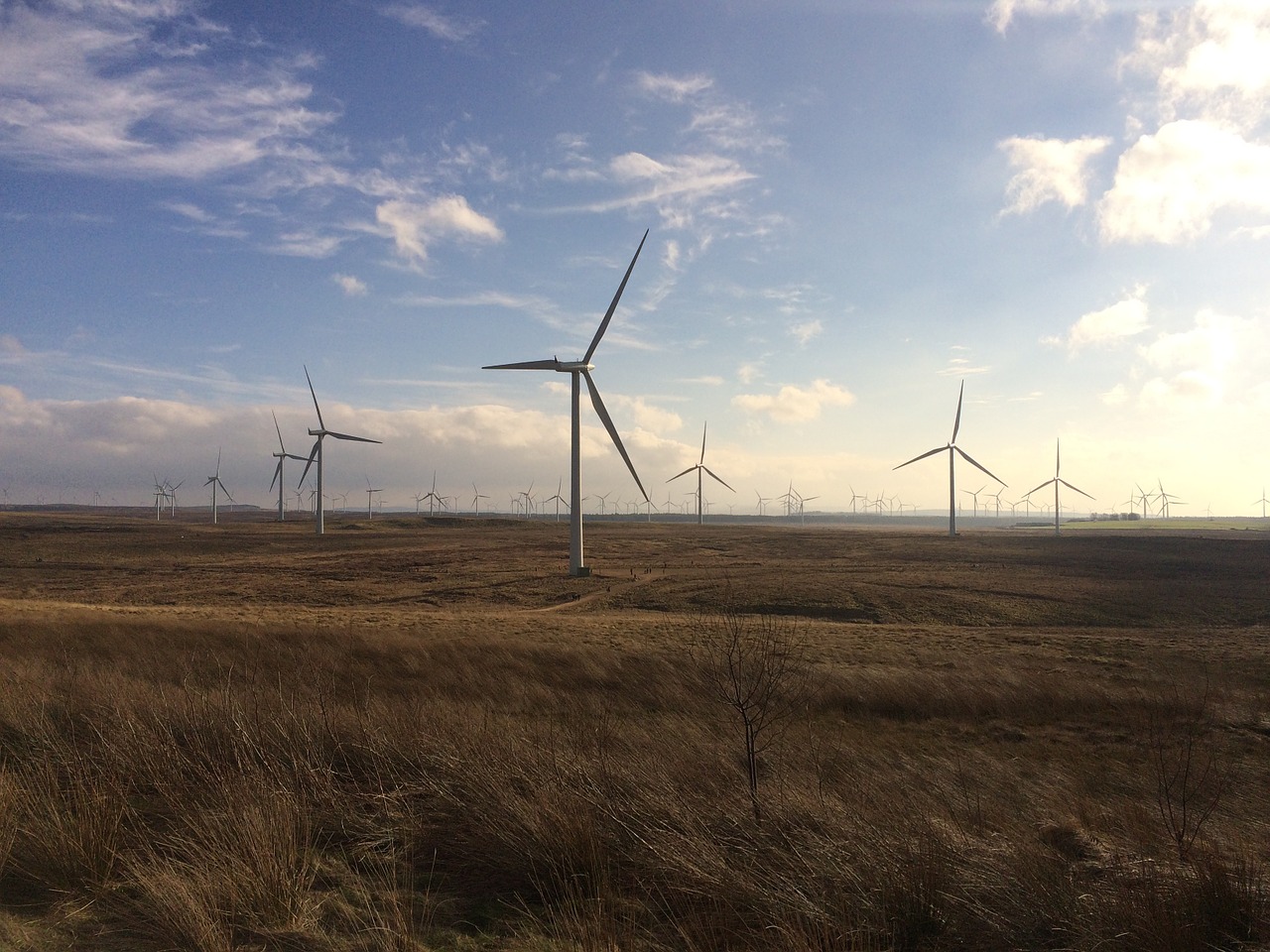New figures reveal extent of Scotland’s renewable energy jobs and investment
New figures which show the economic reach of Scotland’s renewable energy sector for the first time are have been released by the University of Strathclyde’s Fraser of Allander Institute.

The statistics show that 22,660 jobs are supported by green energy in Scotland.
Onshore wind is Scotland’s biggest renewables employer (8,780 full-time equivalent employment), followed by offshore wind (4,700) and hydropower (3,290).
The renewable energy industry, which is now providing the equivalent of 97% of Scotland’s electricity consumption, also supports output of £5.2 billion a year in Scotland.
These new figures also show that the renewable energy industry has a large impact on other parts of Scotland’s economy, supporting almost 3,000 jobs in construction and 2,200 jobs in manufacturing.
Claire Mack, chief executive of Scottish Renewables, said: “The renewable energy industry is now recognised as a vital part of Scotland’s economy and is delivering the equivalent of almost all the country’s electricity consumption.
“These new figures show not just the number of people employed by our members and others, but also the reach of the industry into other parts of the economy.
“Armed with this data we can now begin the process of mapping the industry’s growth as it takes a central place in the recovery from coronavirus and, of course, as we deploy more of the energy generation technology needed to meet our 2045 net-zero carbon emissions target.”
The new figures from the University of Strathclyde’s economic research institute show the renewable energy technologies which produce the highest outputs are onshore wind (£2.4bn), offshore wind (£889 million) and hydropower (£915m). They also demonstrate that those three technologies alone support output of £772m every year in other parts of the economy.
Scotland’s renewable energy sector is expected to expand rapidly in the coming years, with:
- An ambition to increase the amount of offshore wind deployed in Scottish waters almost tenfold, from 1GW today to 11GW by 2030.
- The reinstatement of onshore wind in the UK Government’s energy auction process, and older sites now reaching the end of their lives and requiring upgrades with new, more efficient turbines.
- A rapid expansion of low-carbon heat technologies like heat pumps and district heating networks which is needed to reduce emissions from Scotland’s most energy-intensive activity: keeping warm.






















